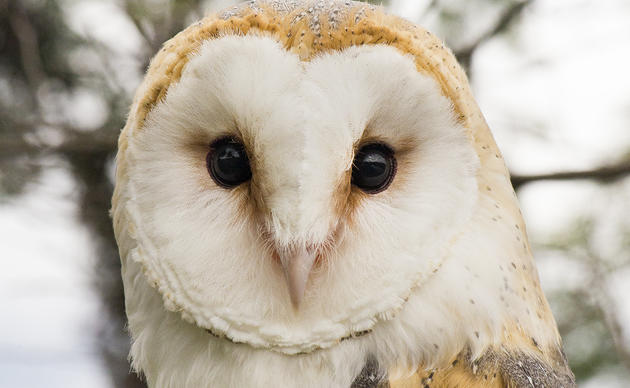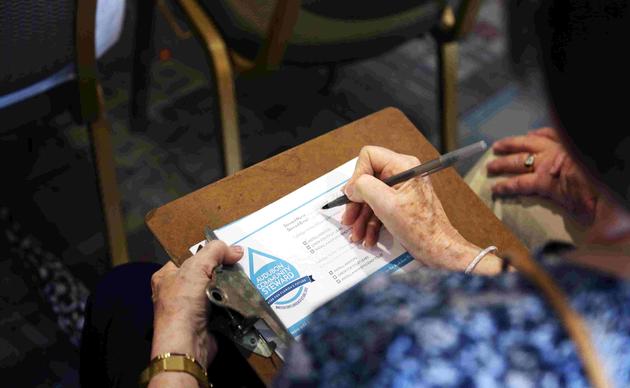In March, a group of young adults from around the world visited the Audubon Center for Birds of Prey to participate in a new National Audubon Society program that combines conservation and art. The UCF Global student group is comprised of international students at the University of Central Florida for whom English is a second language.
Last fall, the Center’s Senior Coordinator of Education Daisy Fiore, PhD, returned from a National Audubon Society training in Pennsylvania excited to pilot a new curriculum called “Visualizing Our Climate Future,” aimed at teaching young adults about climate change and its effects using nature exploration and art.
This was not the first time UCF Global students had participated in a program at the Center for Birds of Prey. Last year, a volunteer at the Center connected Fiore with the group, and they organized a popular owl pellet dissection workshop for the students. When it came time to test out the new climate curriculum, Fiore knew UCF Global students would be good candidates for the program.
Fiore began the lesson with a tour of the resident raptors at the Center: Bald Eagles, Red-shouldered Hawks, Barred Owls, Ospreys, and more. Along the way, the group viewed works of art focused on climate and discussed how each piece made them feel. This led to a discussion about the different ways climate change is affecting the students’ home countries. Students from rural parts of China, Southeast Asia, and Central and South America found common ground in noticing shifting migration patterns in migratory birds.
To end the lesson, the group created their own climate-centered art using the art medium of their choice. The resulting projects included comics, sculptures, and collages, to name a few.
“Art is a universal language,” Dr. Fiore said. “When we created our own art the students really flourished and created something meaningful to them, expressing themselves in more than language, but in visual mediums that everyone could understand, regardless of language or background.”



